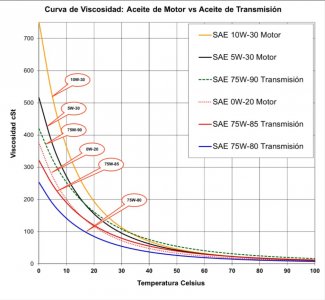I read with interest your note on the fluids for DCts, in part because I have an Audi with the DL-382 7 speed DCT. In the DL-382 which is used in the Audi Quattro Ultra system, Audi is using two separate fluids in the transmission. They have one fluid for the hydraulic controls (mechatronics in Audi-speak) which does the shifting, operates the two clutches and also cools the two clutches. They have a separate fluid for gear lubrication. What is interesting is that the service intervals call out a higher change interval for the hydraulic control fluid than the 'gear' fluid (the gear fluid appears to be a lifetime service interval; but, there is provision to change it). I am guessing that this might be due to the fact that clutch operation results in a lot of heating plus shear. Audi may have migrated to this dual fluid system to address the separate lubricating requirements for the clutch / hydraulics and the gears.
If the Nissan / BMW DCTs are single fluid systems the oils designed for those boxes (FFL4) may be optimized compromises. They may not be an optimized fluid for a gearbox which does not have to deal with hydraulics and a lot of clutch operation. While FFL4 may be a better DT lubricant, it might not be better than a purpose gear lubricant.






